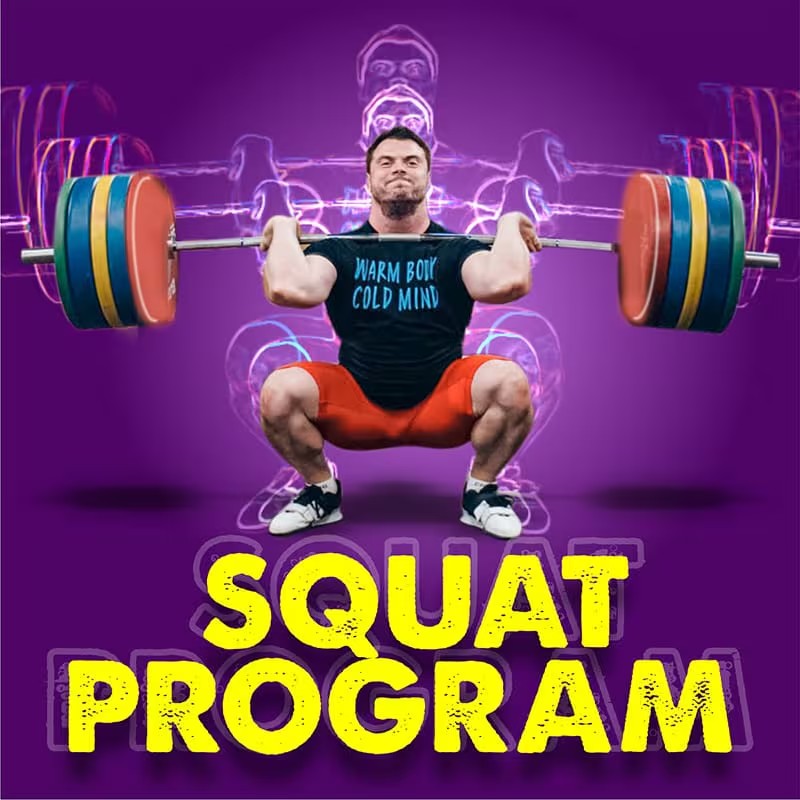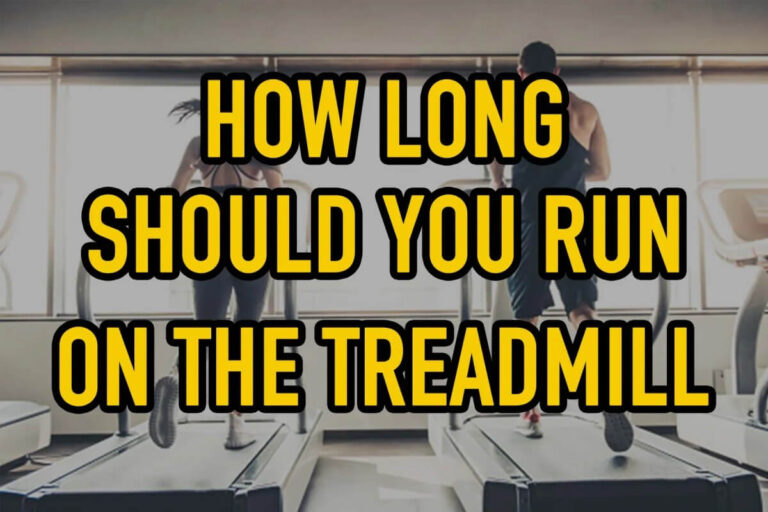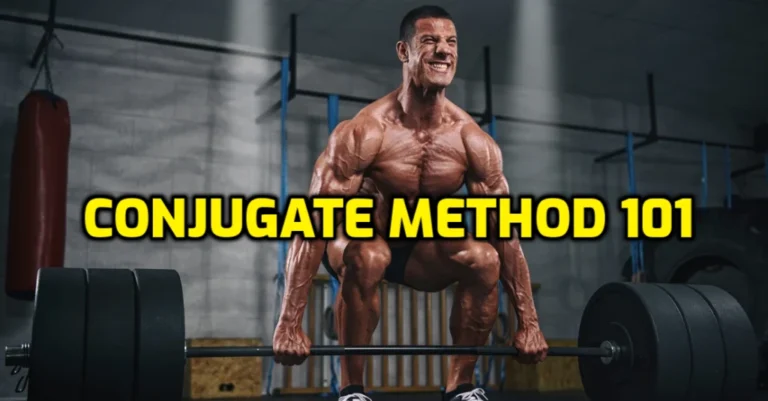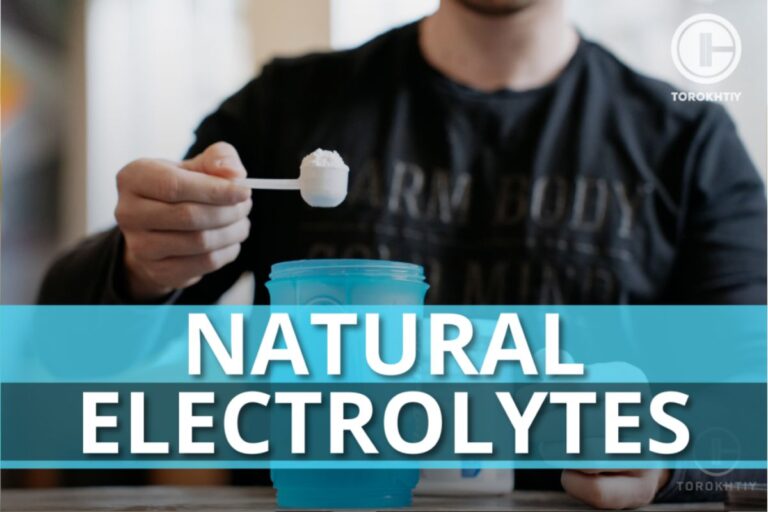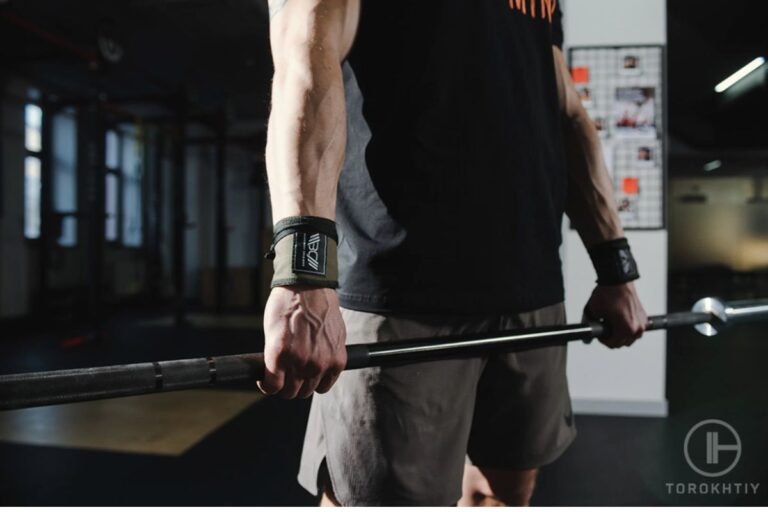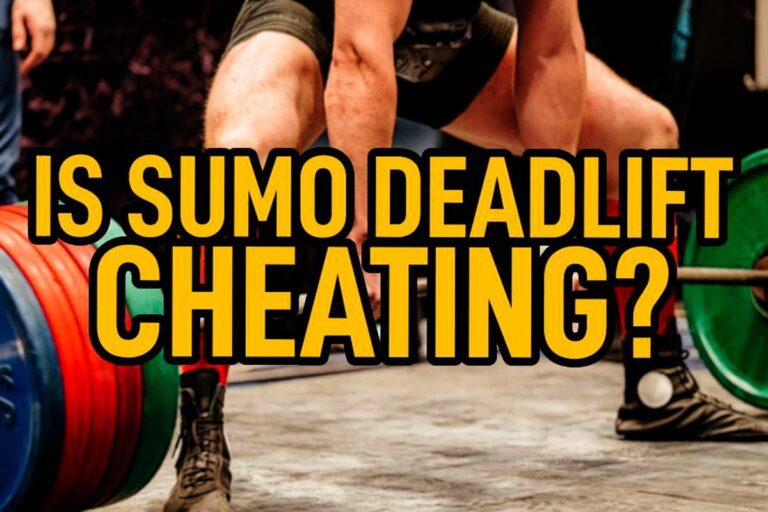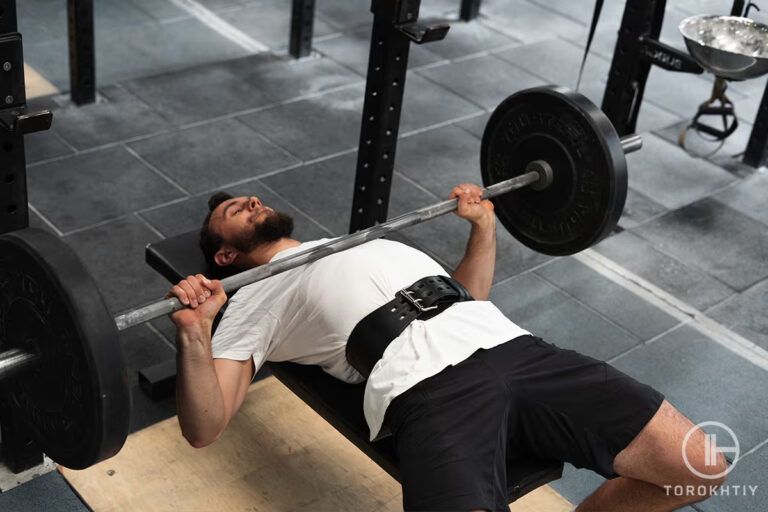Do Squats Make Your Butt Bigger? (Improve The Result)
Squats are a popular exercise that helps to build stronger thighs, calves, glutes and hamstrings.
Most people who require a bigger butt ask: Do squats make your butt bigger? Do squats make your hips wider? Which muscles do I need to target? Do I need a particular diet? Can squats make your butt smaller? Which squat variation is perfect for a bigger butt? Do squats grow your glutes?
In this article, we will provide answers to your questions. We will also cover benefits of squatting to enlarge the buttocks, and reasons why most ladies don’t see results. We will also reveal ways to improve your squat results and types of squat variations for bigger butt.
Do squats make your butt bigger? Squats can make your butt bigger because your bum works hard when the squat is performed correctly with enough intensity (more or less). Also, proper form, correct training method, nutrition and recovery will determine your results from squats.
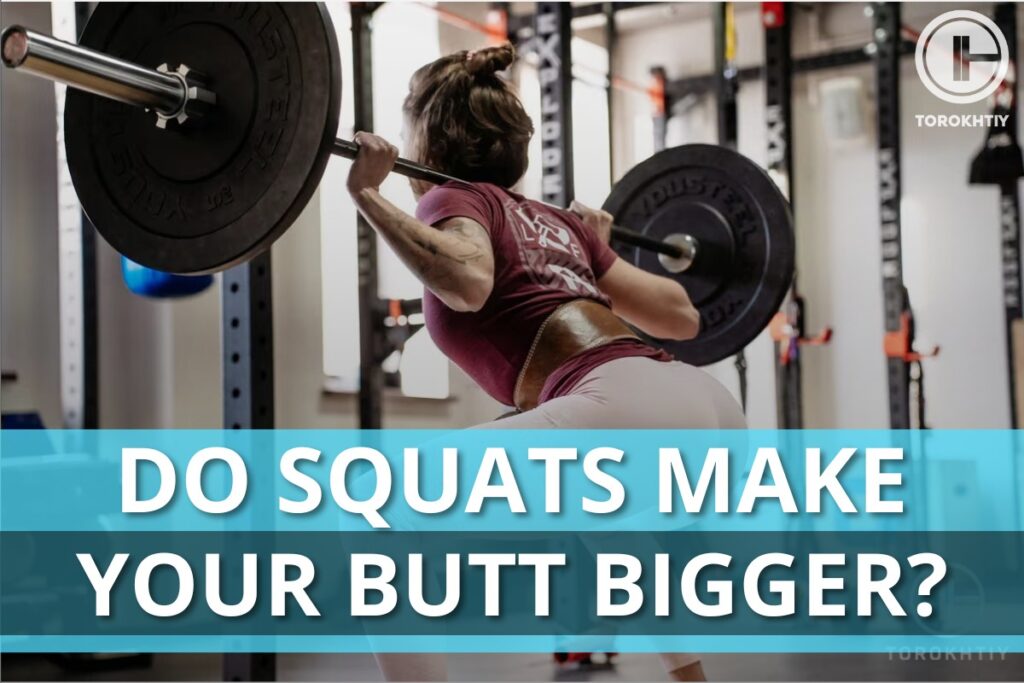
Do squats make your butt bigger?
Can squats make your butt bigger? This is one question that most people ask.
Squat is one exercise that can help to grow the butts. However, most people target the wrong muscles, or perform squats incorrectly. The glutes are a group of muscles that houses the butts and also supports the hips, core and back. They also help to provide stability and prevent injuries.
Since the glute muscles make up the butt, you should perform variations of squats that focus on the glute muscles to have a bigger butt. Consistency, intensity, diet and genetics play a role in the effectiveness of squats for bigger buttocks.
Anatomical features of the glute muscles
The gluteal muscles (comprises three different muscles such as gluteus maximus, gluteus medius, and gluteus minimus). The function of the muscles include extension, abduction, external rotation and internal rotation of the hip joint.
The gluteus maximus is the biggest of the three muscles and produces the bulk of the shape and form of the hip area and buttock. The gluteus maximus is a thick, fleshy and quadrangular-shaped muscle cutting across the buttocks.
During squatting, the gluteus maximus functions as the main antigravity muscle by counteracting and controlling the flexion of the hip. In addition, the gluteus maximus is involved in extending and rotating the thigh.
The gluteus is also a powerful extensor that acts when force is necessary. Several activities that require the gluteus to act as an extensor include getting up from a seated position, walking upstairs or on a hill, straightening from a bending position and running.
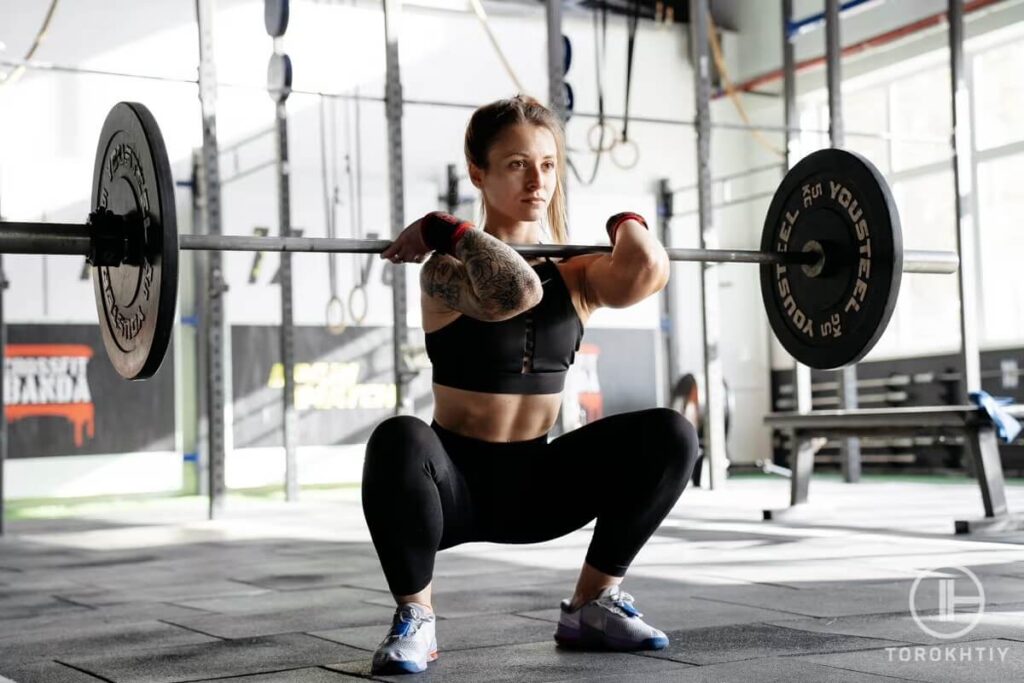
4 Benefits of squatting to enlarge the buttocks
✅ Highly safe
Squats are generally safe for building stronger and bigger glute muscles. This translates to a more rounded and bigger buttocks. Furthermore, squats can enhance flexibility, and strengthen core, knee joints and the lower back.
As long as you are performing squats correctly, you can avoid injuries or knee pain.
✅ Less expensive
Compared to other procedures that cost an arm and a leg, performing squats don’t cost much. You only require a few pieces of gym equipment such as dumbbells, etc, and balanced diet and adequate recovery.
If you decide to go to the gym, the cost of registering in a gym is low. A balanced diet won’t cost as much as surgical procedures.
✅ Comfort
You can perform squats anywhere, even at the comfort of your house. You only require a few workout tools. You can also perform at your convenience.
Unlike surgical procedures that require you to book an appointment with the surgeon and prepare to carry out the operation at the hospital, squatting saves you the bother and stress involved.
✅ No severe side effects
Every surgery carries its own risks and can be even life-threatening. They give side effects such as soreness, numbness, and swelling. Side effects vary from patient to patient.
In addition, surgical procedures can produce negative long-term effects on the body if the procedure is not carried out properly.
On the other hand, Squats do not pose any severe side effects or serious danger to your health, you just need to wait a little bit longer for visible effects.
4 reasons why squats don’t make your buttocks bigger
Here are some reasons why squats don’t make your bum bigger:
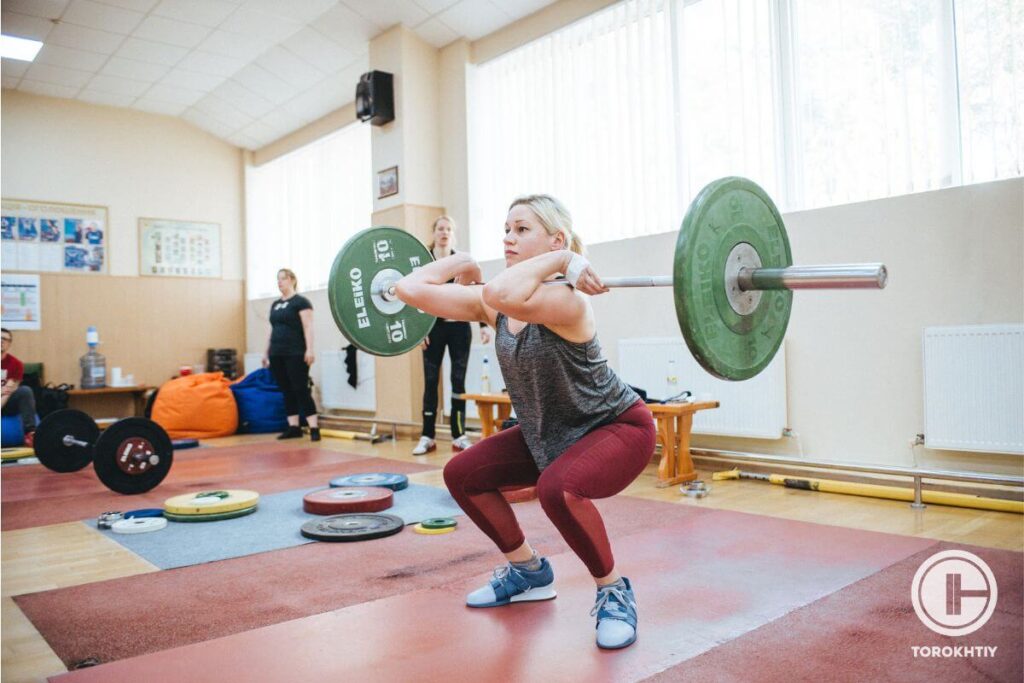
1. Poor form
Poor form can affect your squat workout routine and cause a potential injury. That’s why it’s vital to double-check and ensure you’re applying the right technique.
Before performing squats, keep your feet at a hip-width distance apart.
Maintain an upright position (neutral), chest up, shoulder back, and head looking straight.
Bring your butt down as though you’re sitting on a chair behind you.
Ensure your spine is in a natural position and avoid bending your shoulders.
Go down until you can’t maintain a straight line from the top of your head to your tailbone.
Lack of proper form may simply not load your glutes enough resulting in not enough stimulus for growth. Remember that glutes are hip extensors (not only) and for growth you need to challenge that extension with proper intensity and volume.
2. Insufficient intensity
Insufficient intensity – training close to failure – is perhaps one of the most common reasons why squats don’t make your buttocks bigger.
Loading your muscles with enough load and intensity, with enough volume will increase the sizes of the glute muscles by stimulating muscle growth. Performing exercise close to failure damages the muscle fibers by causing tiny tears which in turn, forces the body to repair the worn-out muscles through muscle protein synthesis.
By repairing, strengthening and upgrading weakened muscles, the size of the muscles should go up.
That’s why it’s recommended to lift close to failure with enough volume force muscle breakdown and, in turn, initiate the muscle protein synthesis.
However, it’s crucial to approach lifting heavier loads with caution because excessive heavy lifting can cause injuries.
Clinical trials have revealed that muscle hypertrophy that occurs at early stages of resistance training (~4 sessions) results from muscle damage induced cell swelling. Strength gains results from neural adaptations (8−12 sessions). Within the latter stage of resistance training (6−10 weeks), muscle growth is observed.
3. Poor diet
Most people forget that a poor diet can affect their workout routine, limit growth and training adaptations, not to mention negative health effects.
It’s important to understand that a balanced diet rich in protein is a must for anyone looking to increase muscle mass (basically everyone to be honest). This is because high protein intake is required for muscle growth. It basically kickstarts your muscle protein synthesis.
Not consuming sufficient protein will reduce the chances of your butt getting bigger and may carry some health risks as well. Studies suggest that athletes should aim for 1.6–2.4 grams of protein per kilogram of body weight daily.
In addition to a protein rich diet, you also need to consume foods with enough calories. Studies have proven that caloric surplus is optimal for muscle growth and the recommend calories intake is 5-10% above total daily energy expenditure.
This implies that if your total daily energy expenditure is set around 2000 kcal for maintenance (you don’t lose or gain weight) you should consume an extra 5-10% which should be between 100-200 kcal extra in a day, resulting in 2100-2200 kcal intake/day – to support that extra muscle growth you are looking for.
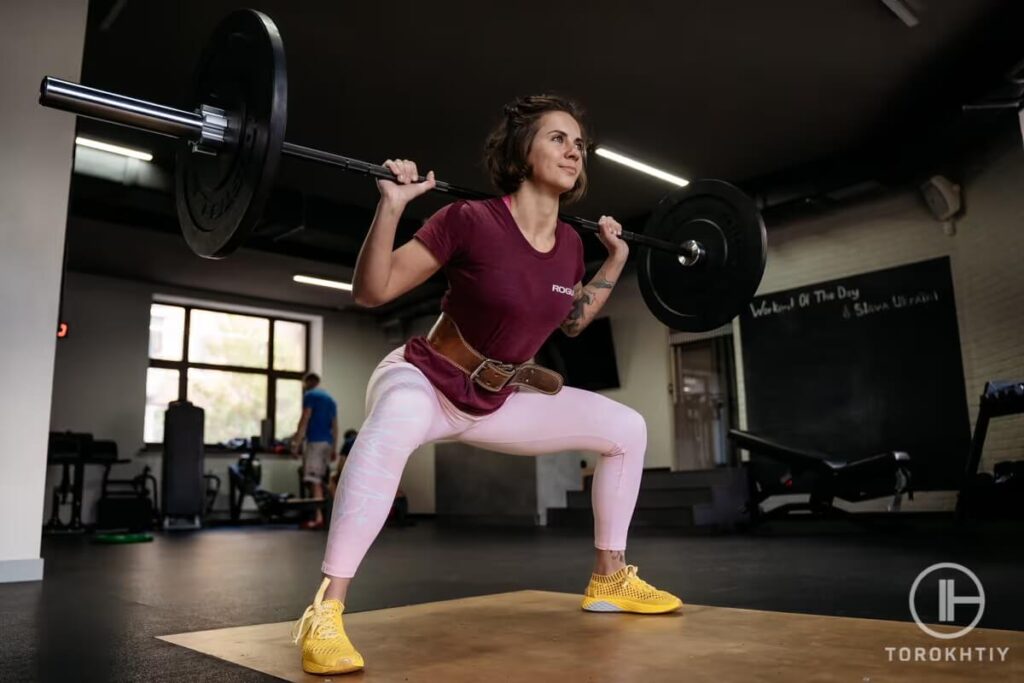
4. Failure to incorporate other gluteal-based exercise – not enough volume
If your goal is to grow your buttocks, you should incorporate other exercises that target the glute muscles. This is because people have different body composition and only performing squats may not be enough to stimulate the growth of the glute muscles – especially if you won’t do enough sets/reps.
You can incorporate glute-based exercises such as step-ups, diagonal step-ups, sideways step-ups, hex bar deadlifts, cross over step-ups, barbell and banded hip thrusts, and conventional deadlifts into your training.
Clinical trials show that exercises such as step-ups, diagonal step-ups, sideways step-ups, hex bar deadlifts, crossover step-ups, barbell and banded hip thrusts, and conventional deadlifts produce high activation of the glute muscles.
Therefore, it’s worth giving any of them a chance. You can take your time to figure out any of those exercises that are suitable for you.
🔻12 Week Squat Program by Oleksiy Torokhtiy
Do you want to double your squat strength? In just 12 weeks, you’ll be able to boost your squat results.
This program transforms any ordinary squat into a powerful athletic movement.
What’s included:
- 12 weeks of squat programming;
- Effective combination of sets, reps, and weights;
- Fully designed and coached by Oleksiy Torokhtiy;
- Over 60+ movements, banded work, and weight training;
- Accessory work for core, joint stability and injury prevention;
- Max out on back squat and front squat at the end.
Start now and boost your squat results!
How to improve your squatting results to shape your glute?
Here are some tips to improve your squatting results to shape your glute:
1. Watch Your Frequency
The frequency at which you perform squats will impact your results. Therefore, if the volume is high then frequency must be low. But if the volume is low, then the frequency must be higher.
Weekly volume and enough recovery are much more important. For instance, 12-16 sets (for glutes, not necessarily squats only) with proper intensity in a week will be a good point to start. Not being able to properly recover will most likely cause discomforts, injuries and hinder your progress.
2. Vary Your Squats
Performing the same squat routine can lower your body’s ability to adapt. The main idea would be progressive overload – this is the only way and can be achieved in a few ways.
To prevent this, you can switch things up and change the type of squats for bigger bum. You can also tweak the number of reps, the number of sets, rest time, equipment used or the weight you use and more…
3. Deepen Your Squat
The depth of your squat affects muscle building. A study published in the European Journal of Applied Physiology analyzed the effect of squat training with different depths. The participants that performed deep squats achieved higher glute growth compared to those that performed half squats.
When performing squats to make your booty bigger, it’s important to maintain proper form. If you’re finding it difficult to increase the depth of your squat, you can stand on small plate weights for support, or check out your ankle mobility.
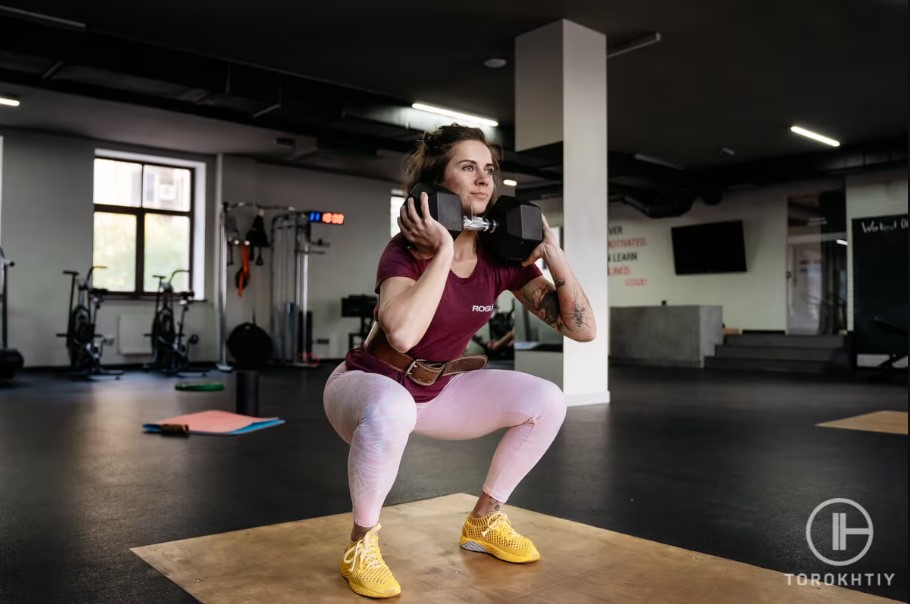
4. Exercise selection vs exercise application
It’s not what exercise you are doing (to a degree of course) but how you do that exercise. Enough intensity close to failure between 6 to roughly 20 reps is good enough. Additionally, if you want you can slow down the eccentric part of the squat. Consistency, progressive overload will bring the results you are looking for.
7 Effective squat variations to make the buttocks bigger
Here are some squat variations you can incorporate to make your buttocks bigger:
1. Bodyweight squat
Basic squat is the most popular type of squats to make your booty bigger that targets various muscle groups such as glutes, quadriceps, and hamstrings. They boost your stamina and leg strength.
To enhance hips, knee and ankle joint flexibility, it’s advisable to perform squats through a full range of motion.
2. Goblet squat
The goblet squat is a type of squat that requires you to hold a weight such as
such as a dumbbell or a kettlebell. This squat is perfect for the lower body and engages the glutes, quads, and hamstrings. Holding the weight also stimulates and strengthens your core.
3. Back Squat
A back squat is a squat variation that engages several muscles such as quads, hamstrings, and glutes. This compound exercise is also known as a barbell back squat and also strengthens the core.
4. Sumo Squat
Sumo squat is a type of squat that is performed with the feet wider than shoulder-width apart. You can perform sumo squats with a barbell, dumbbell, kettlebell or even your own bodyweight.
5. Bulgarian squat
Bulgarian squat is a squat variation targeting the hamstrings, quadriceps and glutes. It also strengthens the core and enhances hip flexor flexibility.
6. Pistol Squat
Pistol is a single-leg squat. This type of squat targets the quadriceps, hamstrings and glutes. It also improves joint mobility and flexibility in the knees and hips.
7. Overhead Squat
Adding weight while performing overhead squat will force your glute and core muscles to work harder.
However, it’s crucial to perform an overhead squat in a controlled and slow manner. For added engagement of the glutes, pause when you reach the bottom of the squat.
FAQ
Will 50 squats a day make my bum bigger?
Performing 50 squats a day will engage your hamstrings, quadriceps and glutes, which makes up your bum bum. Whether your bum will be bigger or not depends on your fitness level, load used, intensity and much more. Progressive overload, training close to failure, proper diet and recovery are key points.
Do squats make your butt smaller?
If you have excess body fat, or a diet that causes you to lose body fat, your butt most likely will get smaller. But, it won’t be smaller because of squatting. They don’t do that specifically, unless you’re losing weight – then your bum can lose size, because you are losing size.
how many squats to get a bigger bum in a week?
There is no definite number of squats to perform in a week to get a bigger bum because people are different. Factors such as fitness level, training method, genetics, diet also affect muscle growth. As long as you train close to failure and perform enough sets (effective reps), rep range does not matter that much.
Do squats make your hips wider?
Squats engage several muscles connected to the hips. This, in turn, can make your hips wider but don’t get me wrong – it’s not an easy process and won’t happen overnight 😉
Conclusion
Squats are highly effective in engaging several muscles, such as gluteal muscles that make up the buttocks. Performing squats may make your bum bigger and healthier.
Several factors such as form, fitness level, training method, diet, genetics, consistency, affects the impact of squats on the buttocks.
Poor form, poor diet, insufficient intensity are some mistakes most people make.
Some variations of squats include basic, goblet, sumo, and pistol.
To grow your butt, you need proper training – volume and intensity, enough recovery, proper balanced diet and consistency.
Have you performed squats to make your buttocks bigger? Did you notice any changes? Did you experience any challenges? Share your thoughts in the comments.
References:
- Krzysztofik M, Wilk M, Wojdała G, Gołaś A. Maximizing Muscle Hypertrophy: A Systematic Review of Advanced Resistance Training Techniques and Methods. Int J Environ Res Public Health. 2019 Dec 4;16(24):4897. doi: 10.3390/ijerph16244897. PMID: 31817252; PMCID: PMC6950543.
- Kubo, K., Ikebukuro, T. & Yata, H. Effects of squat training with different depths on lower limb muscle volumes. Eur J Appl Physiol 119, 1933–1942 (2019). https://doi.org/10.1007/s00421-019-04181-y
- Neto WK, Soares EG, Vieira TL, Aguiar R, Chola TA, Sampaio VL, Gama EF. Gluteus Maximus Activation during Common Strength and Hypertrophy Exercises: A Systematic Review. J Sports Sci Med. 2020 Feb 24;19(1):195-203. PMID: 32132843; PMCID: PMC7039033.
- Slater GJ, Dieter BP, Marsh DJ, Helms ER, Shaw G, Iraki J. Is an Energy Surplus Required to Maximize Skeletal Muscle Hypertrophy Associated With Resistance Training. Front Nutr. 2019 Aug 20;6:131. doi: 10.3389/fnut.2019.00131. PMID: 31482093; PMCID: PMC6710320.
- A systematic review, meta-analysis and meta-regression of the effect of protein supplementation on resistance training-induced gains in muscle mass and strength in healthy adults
- https://bjsm.bmj.com/content/52/6/376
- All photos are made by our Torokhtiy Media Team
Why Trust Us?
With over 20 years in Olympic Weightlifting, our team does its best to provide the audience with ultimate support and meet the needs and requirements of advanced athletes and professional lifters, as well as people who strive to open new opportunities and develop their physical capabilities with us.
By trusting the recommendations of our certified experts in coaching, nutrition, dietology, and sports training programming, as well as scientific consultants, and physiotherapists, we provide you with thorough, well-considered, and scientifically proven content. All the information given in the articles concerning workout programming, separate exercises, and athletic performance, in general, is based on verified data. We ensure that you can rely on our professionals’ pieces of advice and recommendations that can be treated as personalized ones which will benefit you and fully meet your needs.
The product testing process is described in more detail here
Author: Jacek Szymanowski
Certified Nutritionist,
M.Sc.Eng. Biotechnology
Performance Architect,
Strength and Conditioning Specialist
With over 30 years of fighting experience, specialization in nutrition coaching for athletes, and expertise in metabolic health and dietary strategies, Jacek offers a comprehensive approach to optimizing your performance and well-being. Backed by a Master of Science degree in Biotechnology, Jacek remains at the forefront of scientific advancements, ensuring that his coaching is always evidence-based and up-to-date.

